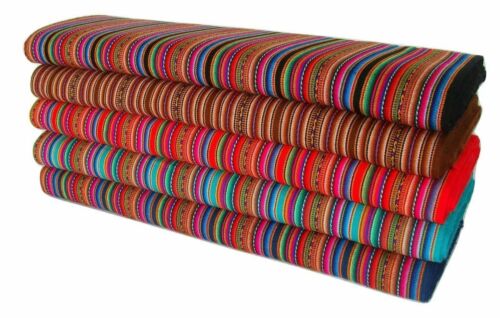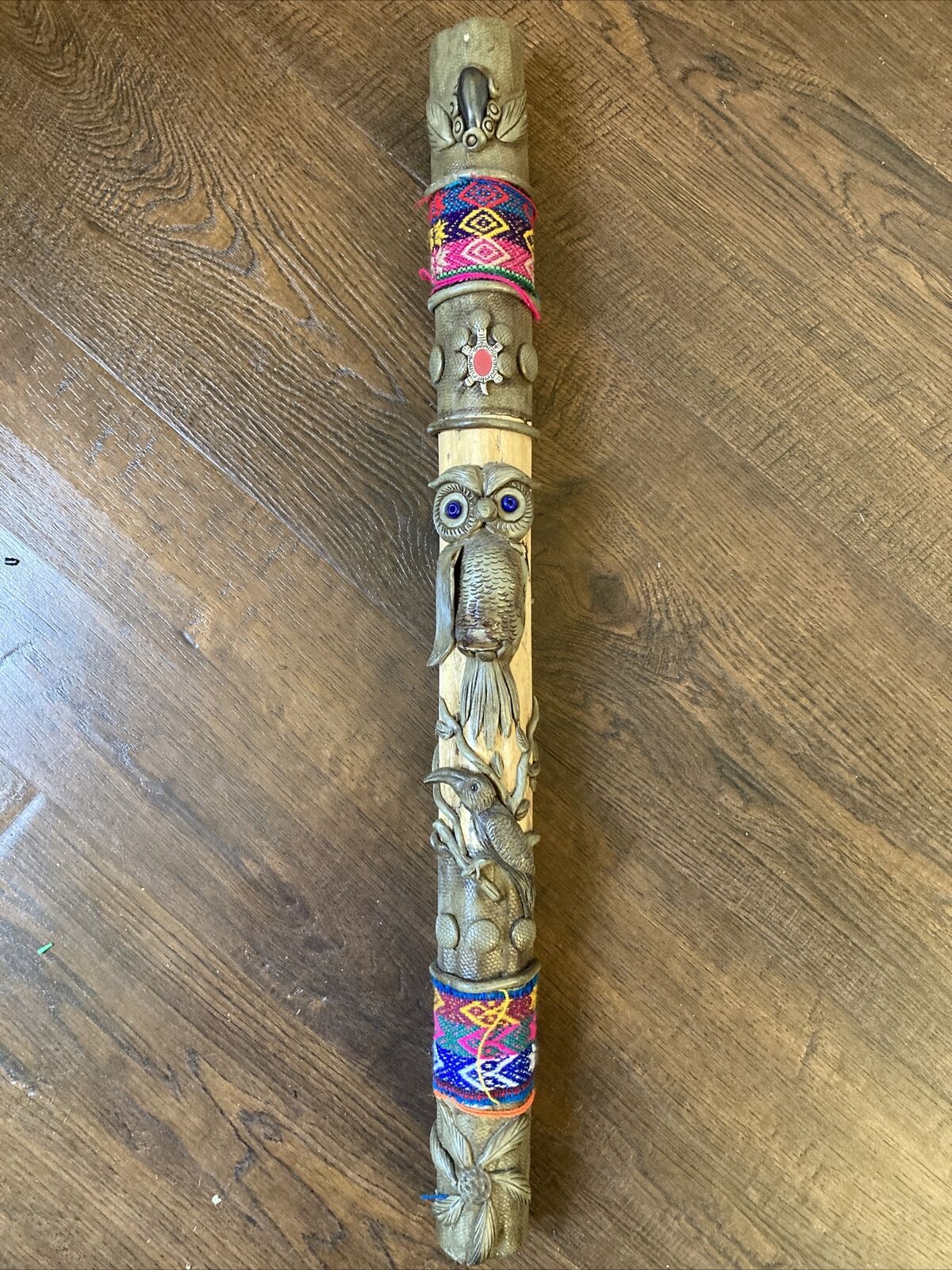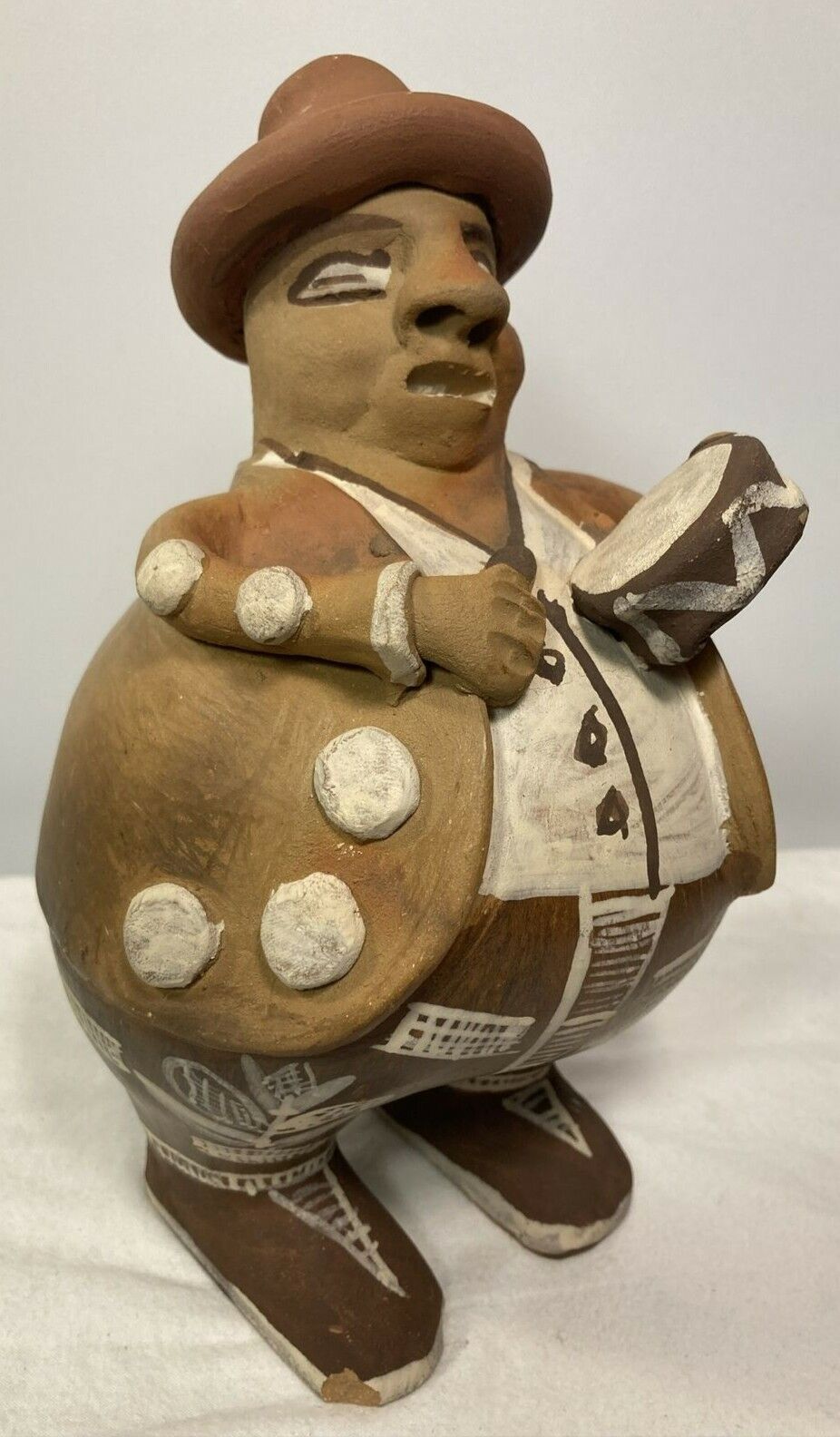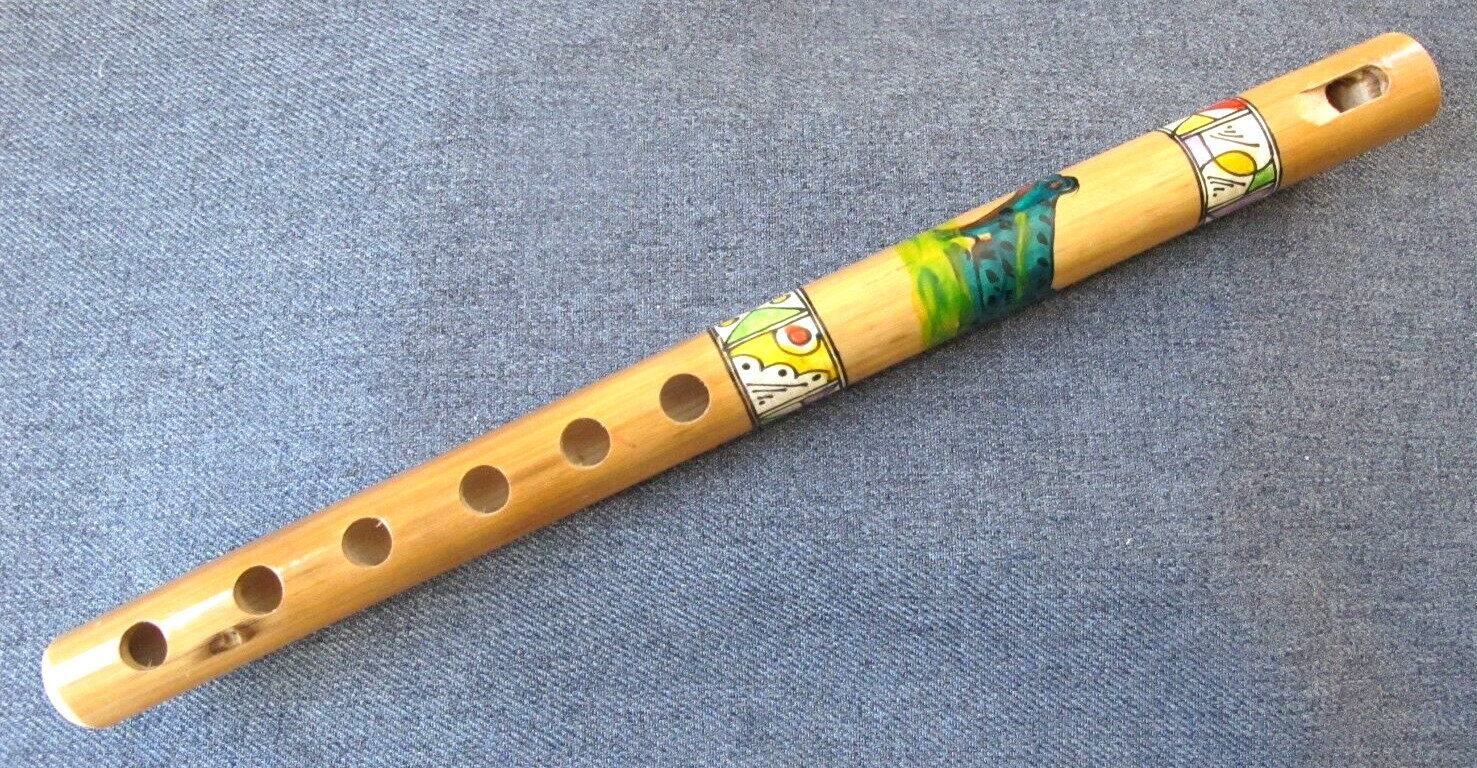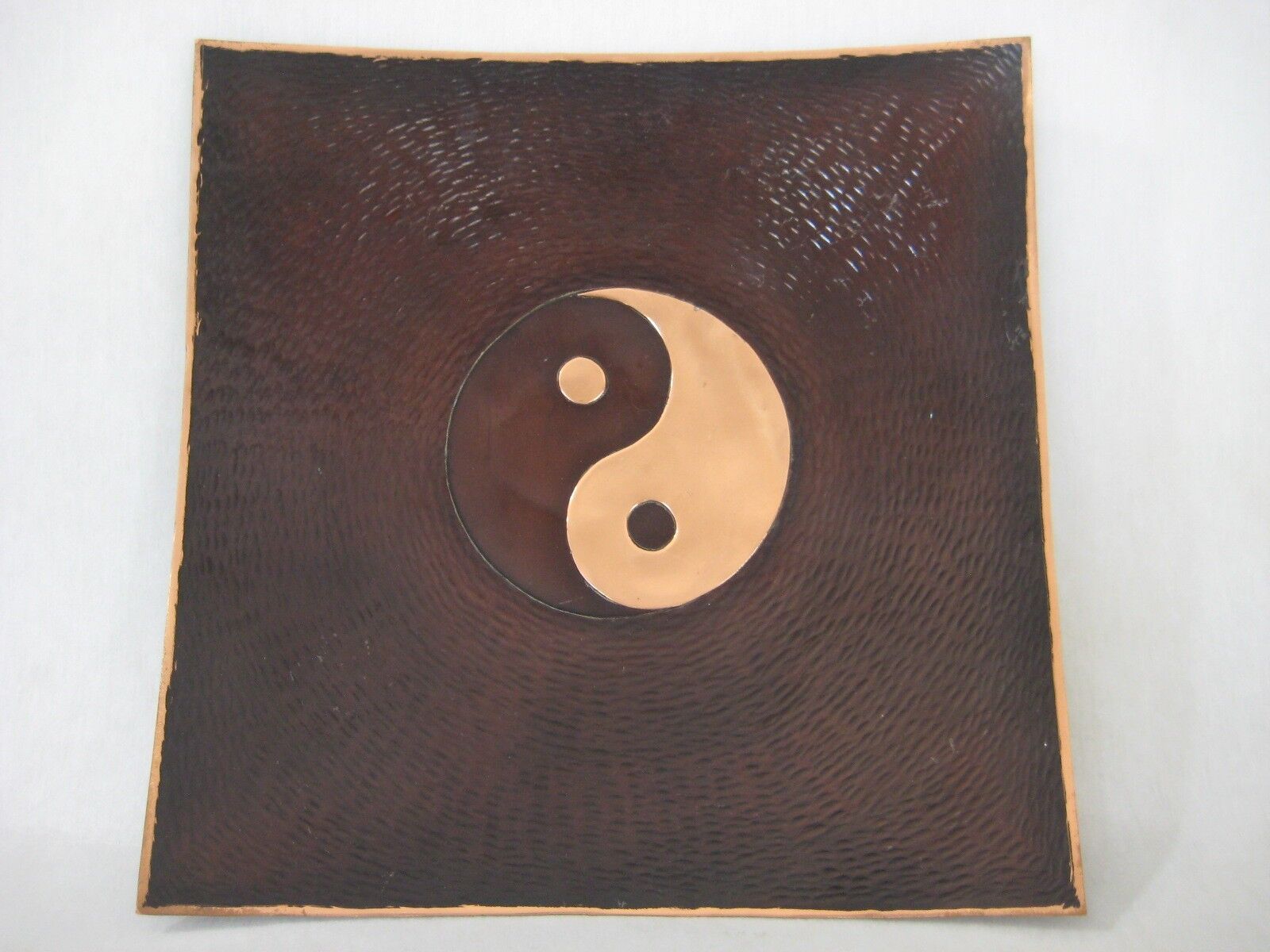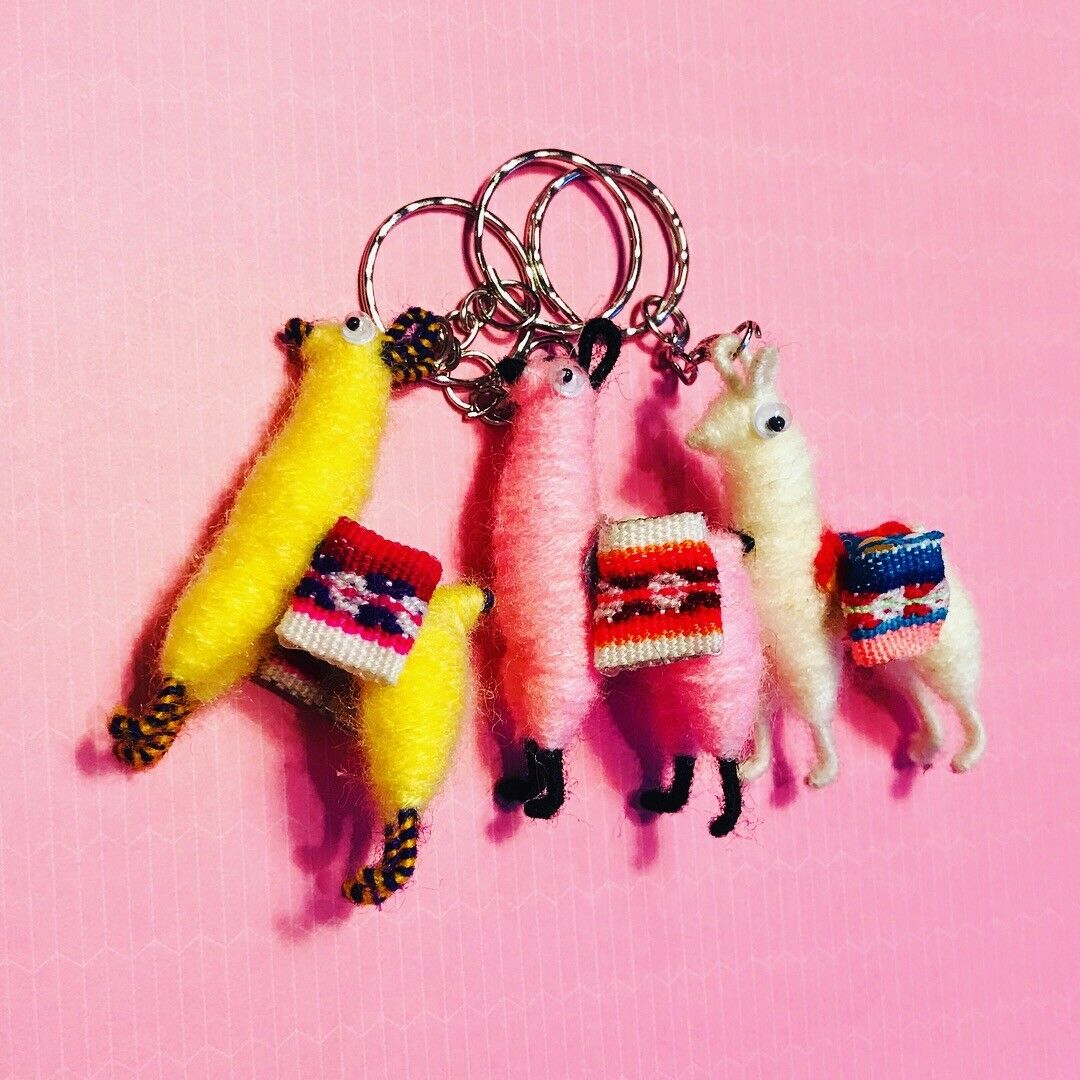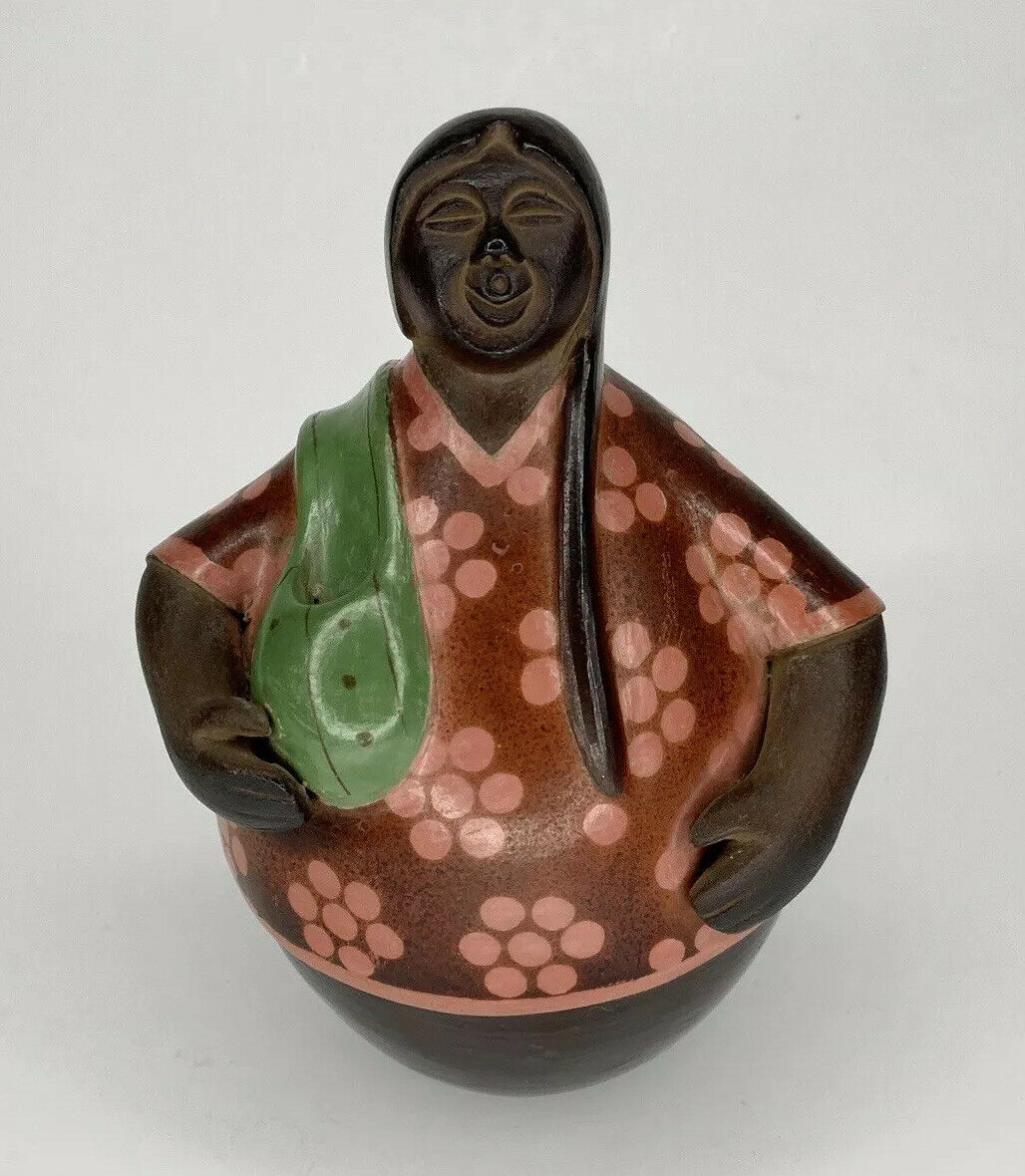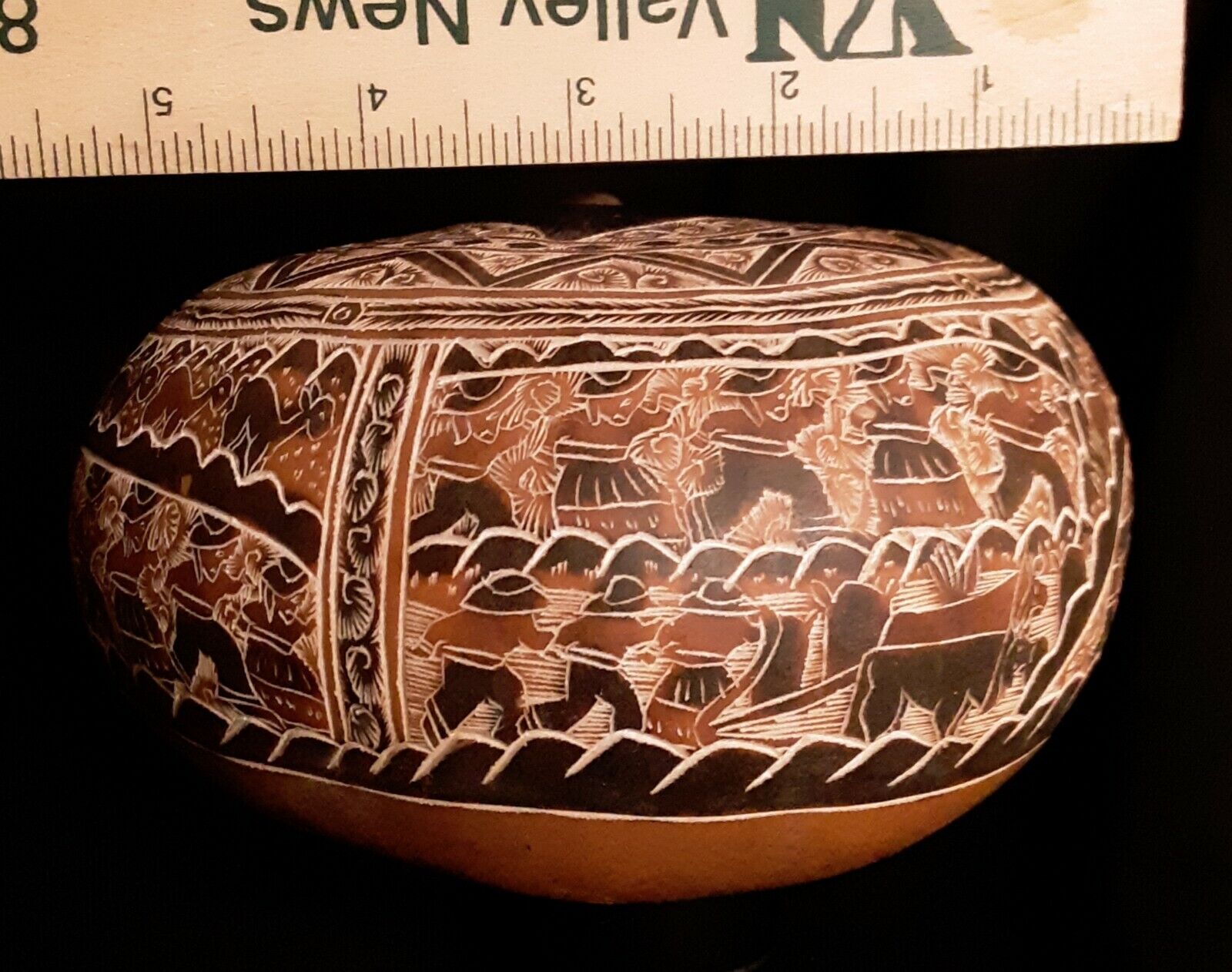-40%
MASK SHOP RETABLO PERUVIAN FOLK ART CLAUDIO JIMENEZ QUISPE
$ 303.59
- Description
- Size Guide
Description
Up for bids is this wonderful piece of Peruvian Folk Art by the Country's most honored and revered folk artist,Claudio Jimenez Quispe. This amazing "retablo" is of a Mask Shop. The details and craftsmanship are what make this an important piece of coveted Peruvian artwork. The colors and designs are eye catching, it forces one to draw in and examine the intricate almost u
ncanny details which come courtesy of handmade brushes, some needle-thin, literally. The artist actually uses cactus needles when delicately fine detailing is required. Please see photos.
5.5 L x 2.5 W x 8 H
About the Artist:
Hailing from a long line of “retablistas” or sculptors of traditional, diorama-like artworks known as retablos, Claudio Jimenez Quispe was born in the mountainous Andean region of Ayacucho, Peru. As a young boy, Quispe was eager to try his hand at creating retablos. Claudio’s father was well-known in the area for his elaborately carved religious altarpieces, which impacted Quispe’s early determination to follow in his family’s artistic footsteps. Along with many other inhabitants of rural Peru, Quispe and his family had to leave their village in the 1980s due to threats from the terrorist insurgent group “Shining Path.” Despite this upheaval, Quispe continued to create art, garnering acclaim for his practice. The sturdy-looking retablos created by Quispe (often with the aid of his wife Vicenta) are created not of wood but of a paste-like mix of gypsum and boiled potatoes, which is sculpted into figures and objects with wire armature supports. Quispe’s miniaturized tableaux include any number of occurrences and settings, from everyday scenes of bakeries or flower shops to fantasy-laden portrayals of dancing skeletons. Quispe’s often whimsical retablos are specific, of course, to his Peruvian surroundings, yet they contain universally recognizable activities and events; perhaps this accounts for why today, his work can be found in over seventy public and private collections.








